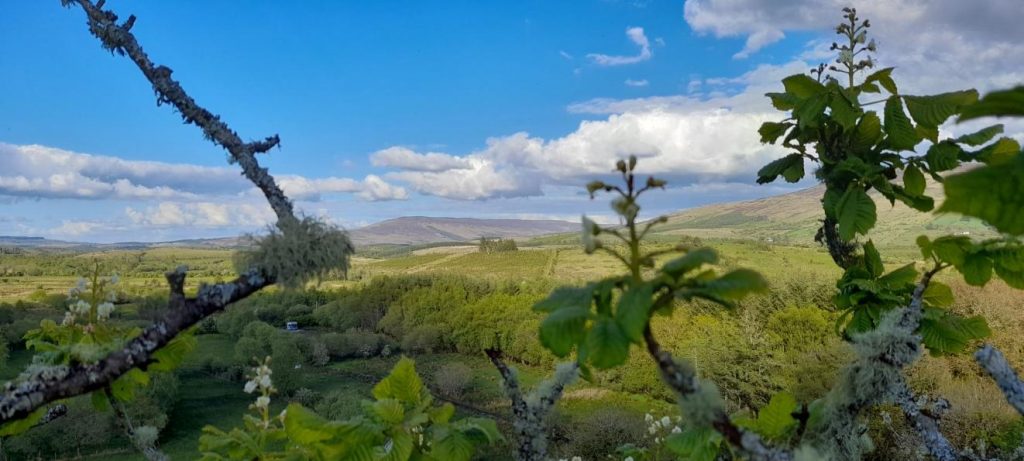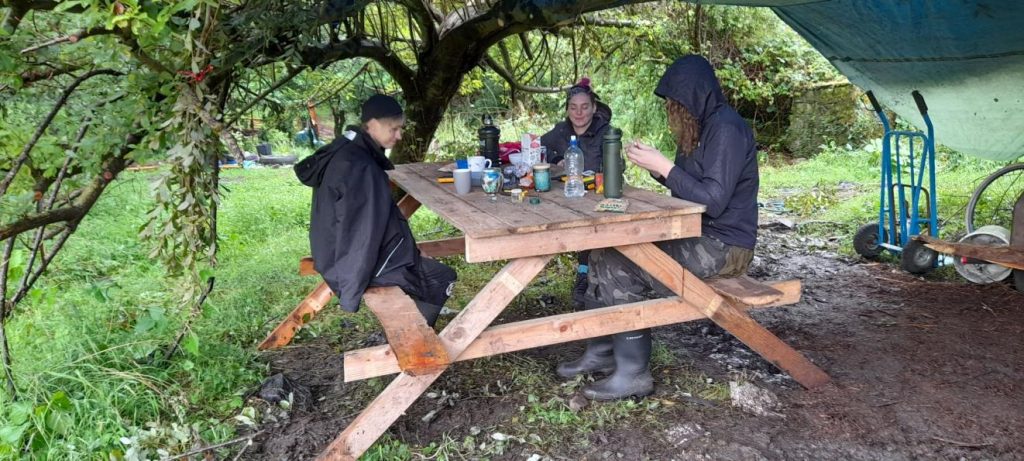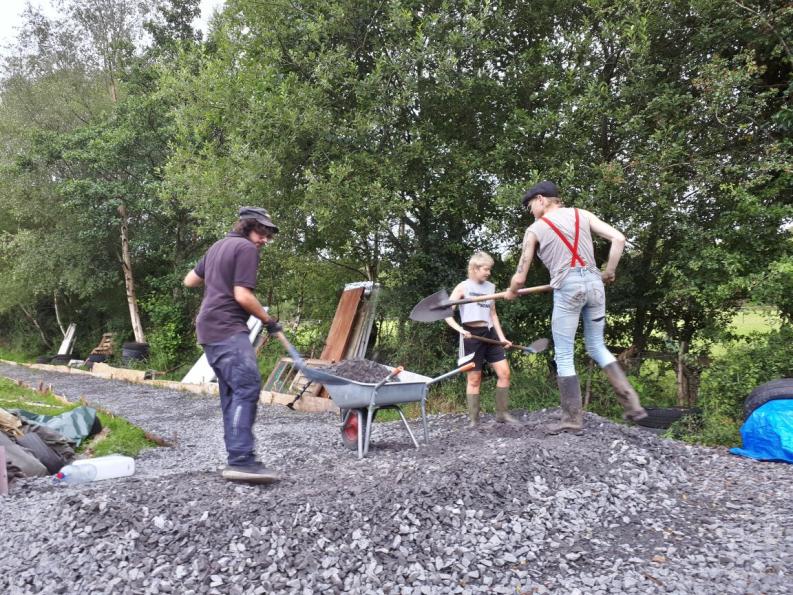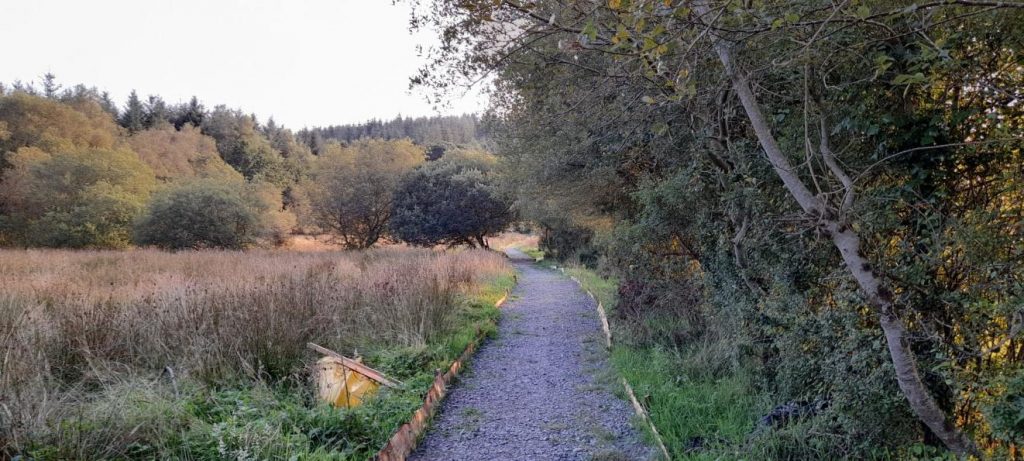Hi everyone, I know it may seem like we’ve dropped off the radar but what a year we’ve had. We’ve been digging, building and repairing all season on our beautiful little spot out in Cavan. We’re excited to get back in touch with our podcast (once we’ve sorted out how to host our own RSS feed) and open up our little space for all of you to come visit. It hasn’t been easy existing in Ireland over the last year, with prices increasing, public space diminishing and covid making recluses of us all so the need for open and welcoming space has never been more important. In this little post I’m going to take you through a little bit of what we’ve been doing and what we’re planning to do.
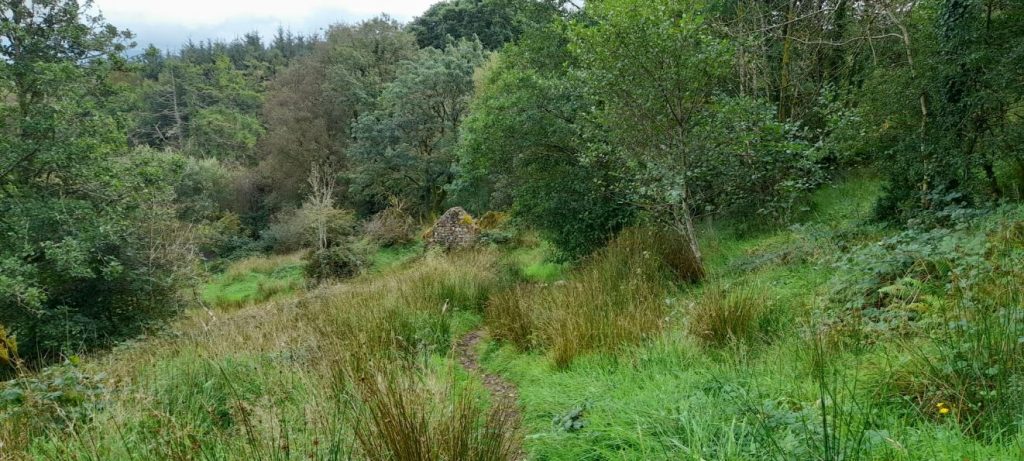
So what have we been doing? Well where to begin. First we put in a carpark. It’s a lovely little space so that people can pull up in cars to come visit us and has become a bit of a base of operations for us. Next we had to try and dry out some of our land as the ground had become over compacted from excessive farming. Not the easiest job in the world but we got some good laughs from our neighbours covered in mud and water with spades in our hands. Luckily we took the time to relax and plant a few trees, hazels, oaks, willows and a lovely rowan up on the hill. I for one am excited to see them grow up. After this we were planning for our first event. Nerve wracking in a time when everybody’s safety was number one concern. There was a lovely group of people who came up for a meithual and we had fun building an outside events kitchen, cleaning up a well, building benches and steps and kicking back in the sun with new friends (it can’t all be work and when else do you get sun in this country).
Phew, that’s quite a lot of work for a summer, but we’re only halfway through. Next we turned our intention to the cottage on the land. It needed some love (hello doors and windows, I hear they’re important), not least of which is rebuilding the roof on a tight budget. But with a lot of persistance, a good bit of help and only a little sunburn we finally got the job finished (well maybe it needs a lick of paint still). Now if only you could get around without having to stomp through a big muddy field. Our next job was building gravel paths. Hello wheelbarrows and shovels. We started this monumental task and suddenly the place was starting to feel more like home.
Although we’ve slowed down over the winter now, we still have big plans we’re gathering our strength back because next spring it’s all go again. We have big dreams to build the interior of the cottage, finish some more paths, build our own electrical grid and start working on an event space that’ll stand out… That’s right, you’ve guessed it, building our own hill fort (how could it be anything else).
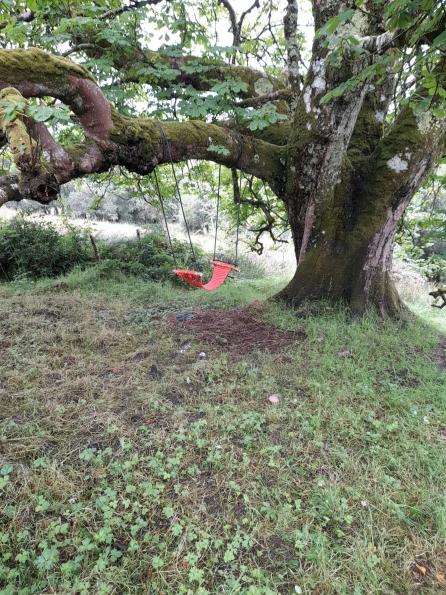
Anyway that’s our catch up. We’ll try to be more in touch with you all, please check out our website and our twitter for updates and feel free to get in touch through affinitycollective@protonmail.com.
And if you want to come visit, have ideas for us or are interested in getting involved let us know, we’re only at the beginning of our journey and we’re excited for the future.
In solidarity,
Affinity Collective
